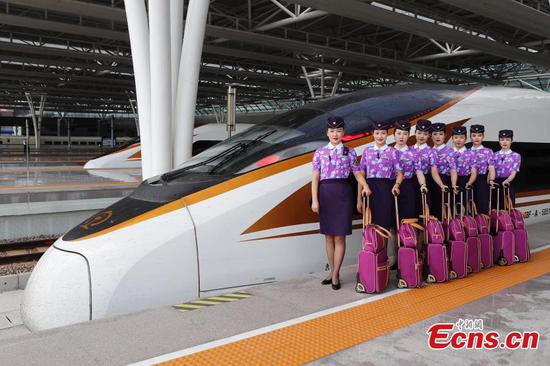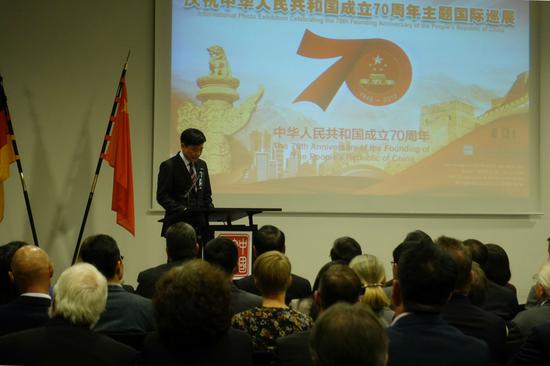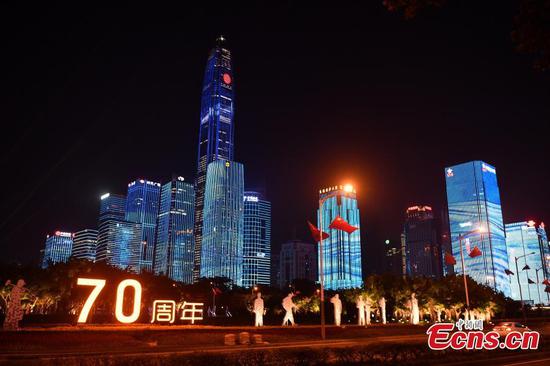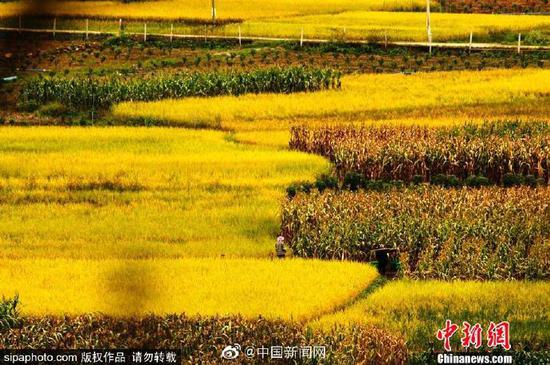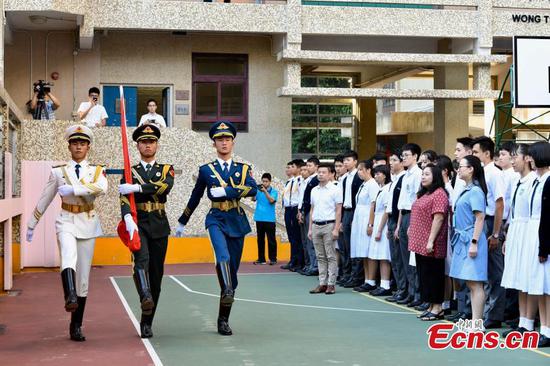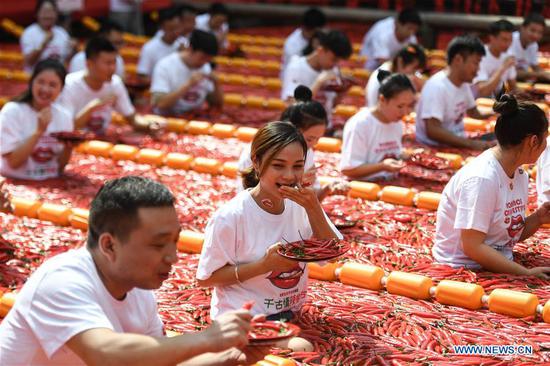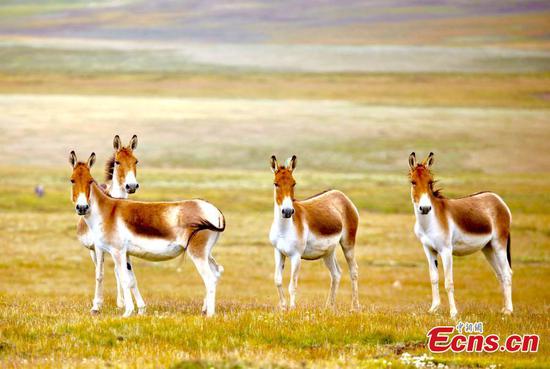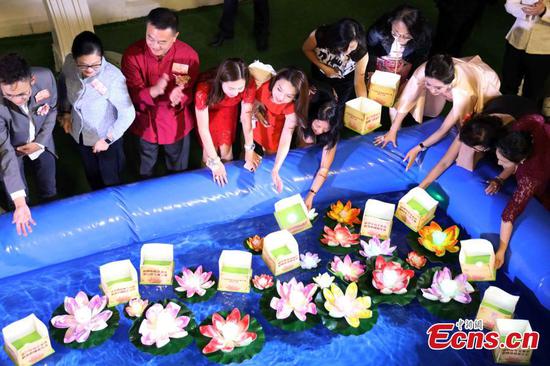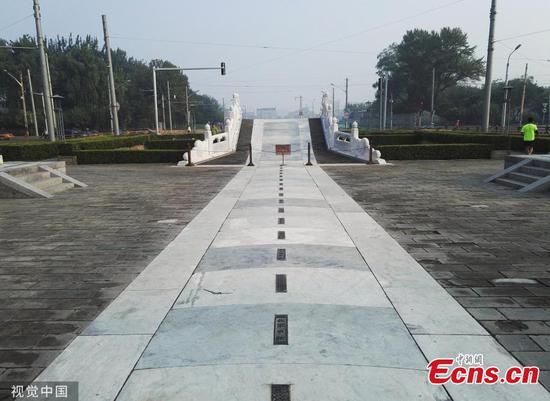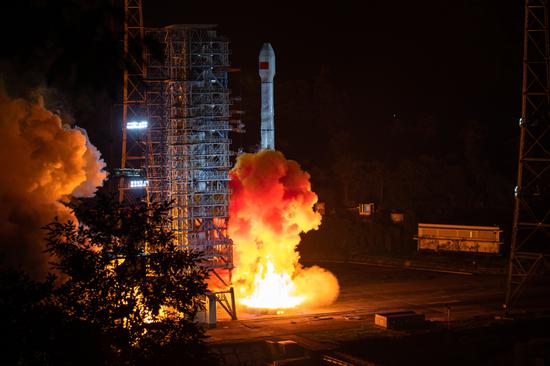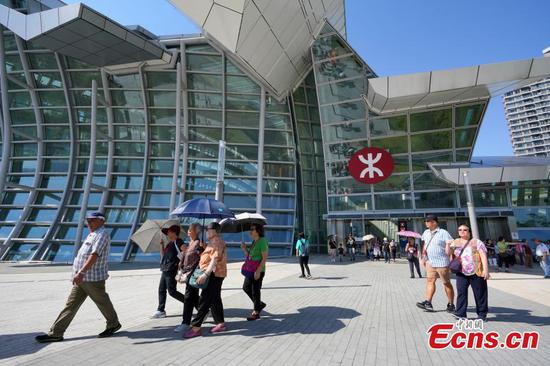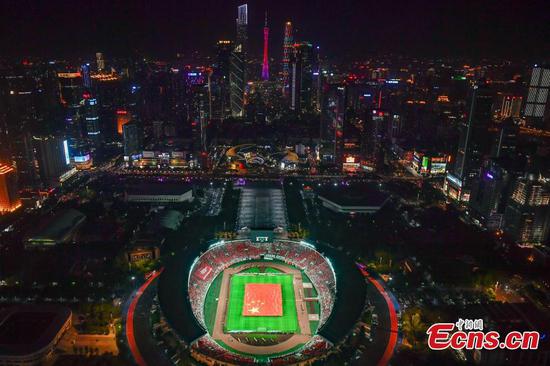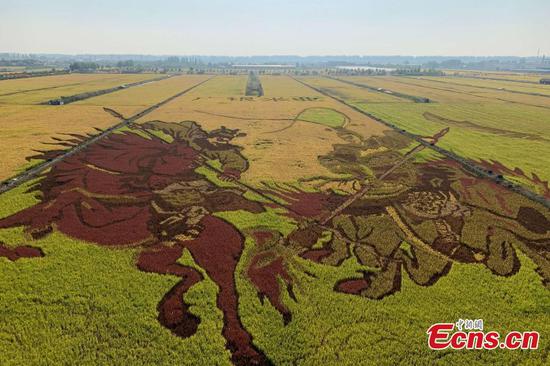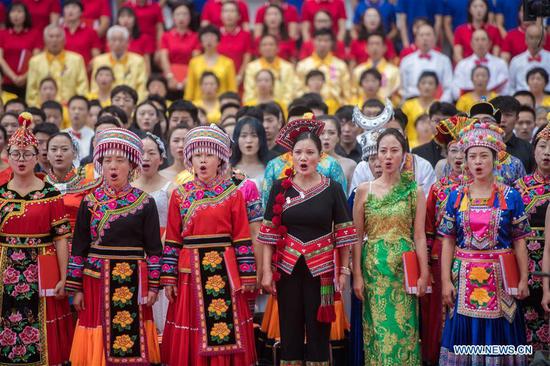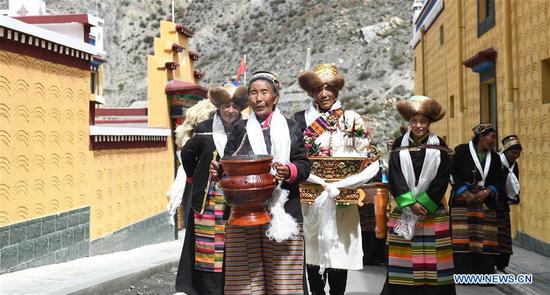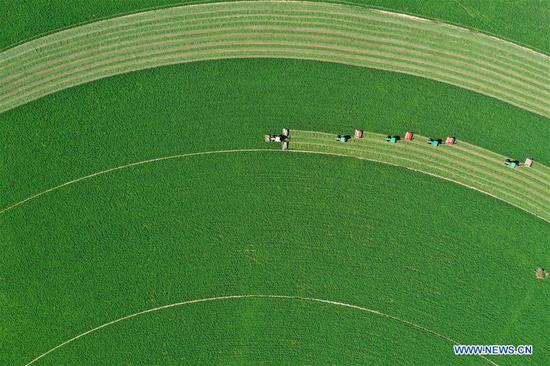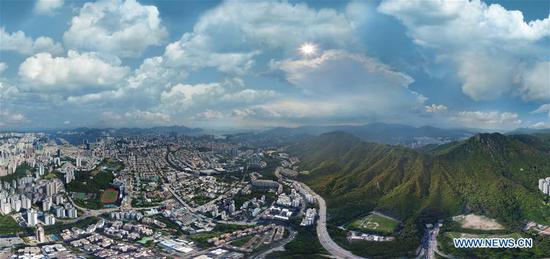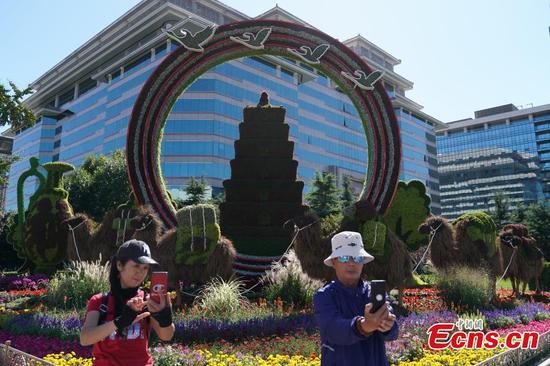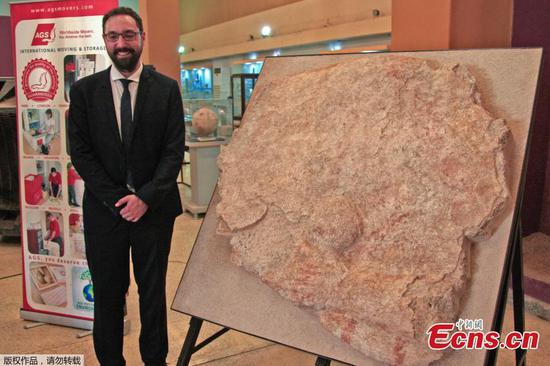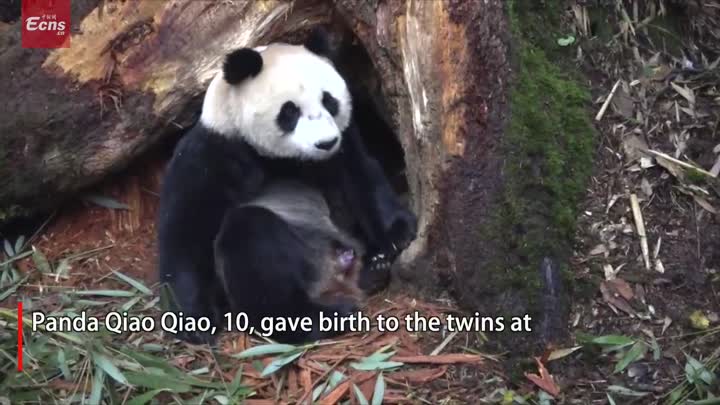Timeline
1950: The Agrarian Reform Law is implemented. It distributes land owned by rural landlords to landless peasants, a crucial step in boosting agricultural productivity.
1959: Huang Yaoxiang, an academician at the Guangdong Academy of Agricultural Sciences, develops the country's first high-yielding, semidwarf strain of rice. Huang's discovery heralds the First Green Revolution in the 1960s, which vastly increases agricultural production.
1966: Yuan Longping, known as the "father of hybrid rice", leads the creation of a strain of hybrid rice that can yield 20 percent more than regular types.
1978: Eighteen farmers in Xiaogang village, Anhui province, sign an agreement to divide their collective farmland into family plots, a pivotal moment in the nation's rural reform. The move sees grain yields in the village more than quadruple within a year.
1984: Grain production nationwide reaches a record high of 400 million metric tons. During the General Conference of the Food and Agriculture Organization of the United Nations, China announces it has solved the basic needs of food, clothing and shelter.
1993: Most regions across the country abolish the grain rationing system as a result of robust food production and the growing integration of the market economy.
1996: The State Council, China's Cabinet, releases the first white paper on food security and pledges that the country will become at least 95 percent self-sufficient in terms of major grains.
2004: The 12th consecutive year of rises in grain production.
2006: During a session of the National People's Congress, the central government announces a goal of ensuring that a minimum 1.8 billion mu (121 million hectares) of land will be used for farming purposes.
2018: Creation of the Chinese Farmers' Harvest Festival.
The annual celebration of rural achievements is held on September 23, which marks the autumn equinox in the Chinese lunar calendar.












